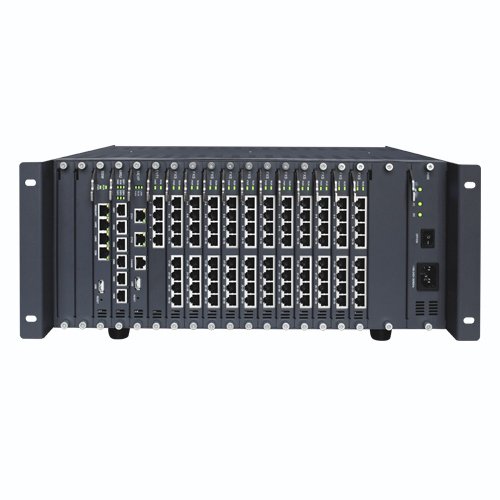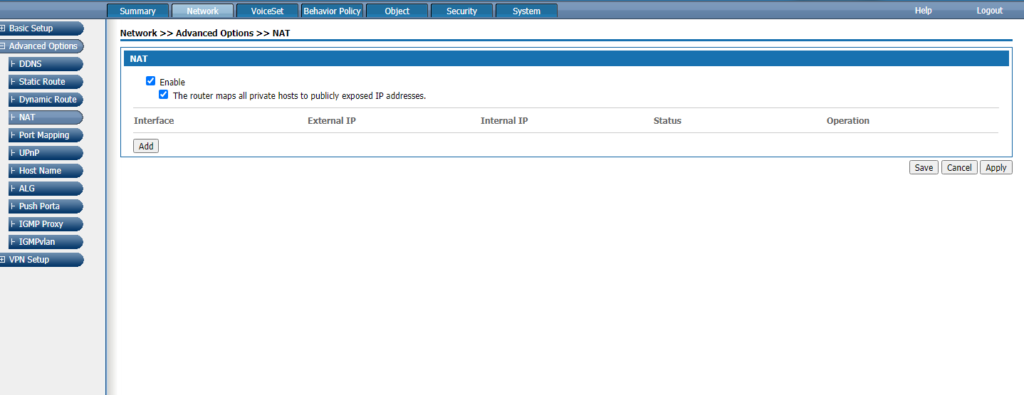1.VoIP stands for Voice over Internet Protocol and allows you to make calls using the Internet
With VoIP, you can make/receive calls between VoIP services using an IP network (e.g. Internet, ADSL, or other Internet connection) and also to/from PSTN fixed telephone networks. For example, you can use VoIP services to make calls to landline and mobile phone numbers that are not affected by the IP network. Internet and PSTN lines work in different ways. One is analog and the other is digital. Another important difference is the way data is transmitted. VoIP over the Internet uses packet switching, while the PSTN uses circuit network switching. Here is how communication between these two different systems works in different ways.
2. Calls between IP networks and the PSTN are possible because VoIP converts your voice into digital data packets that can be transmitted over the Internet.

Address conversion:
The answer lies in one term: address translation. It is a mapping done between different types of addresses. On the one hand, there are VoIP services that use the Internet, where each device is identified by an IP address. On the other hand, each telephone on a PSTN number is identified by a telephone number. The handshake takes place between these two addressing elements. In VoIP, each telephone number has a mapped IP address. Whenever a device (PC, IP phone, ATA, etc.) participates in a VoIP call, its IP address is converted to a telephone number, which is then switched to the PSTN network. This is similar to the way web addresses (domain names) and email addresses are mapped to IP addresses. In fact, when you register for a service that offers a type of service (VoIP to PSTN or mobile), you will be given a telephone number. This number is the handle to your entry and exit from the system. You can even choose a number at a given location to keep costs down. For example, if you find your pool in New York, then you will want to have a number in that area. You can also port an existing number to your VoIP service so that people who know you can still get through to the number they know without having to notify everyone of a change in contact details.

3.VoIP service providers use a variety of technologies to route your calls to the correct destination.
Costs
The cost of a call between VoIP and the PSTN is divided into two parts. There is the VoIP-VoIP part, which takes place over the Internet. This part is usually free of charge and is not dependent on the duration of the call. The actual cost of this part is the investment in technology, space, server functionality, etc., which is shared with the user over time and is therefore negligible for the user. The second part is the part where the call is transferred to a regular old telephone line as soon as it leaves the IP network. Circuit switching takes place here and the circuit is dedicated for the entire duration of the call. This is the part you pay for and is therefore the rate per minute. It is much cheaper than traditional telephony because a lot of it takes place over the internet. Some destinations are still expensive due to poor internet transactions, poor underlying hardware, technology, remoteness, and other factors.
4. The quality of your calls depends on a number of factors, including your internet connection and the distance between you and the other party.
E1 And T1
An analog signal is a continuously varying quantity, and sound is such a varying quantity, but its disadvantage is that it is attenuated and has to be amplified over a certain distance, but line noise is mixed in and amplified, resulting in a reduced signal-to-noise ratio. The digital signal is discrete and discontinuous, and sampling of the analog signal at certain intervals gives a discrete value. The circuits connecting the switches to each other (E1, T1) become inter-office trunks, and the switches use time-division multiplexing to combine multiple calls onto a single digital line, saving the number of trunks. Thirty-two 64kbit/s channels are combined onto a single 2Mbit/s circuit to become an E1 (in North America and Japan it is 24 64kbit/s combined onto a single line to become a T1 at a rate of 1.544Mbit/s). In E1, each channel is made into a time slot. Time slot 0 is used to transmit the synchronous clock and the other 31 time slots will support 31 calls, sometimes time slot 16 is used to transmit signaling, then only 30 calls can be supported.
Signaling
Communication is required between the user equipment and the end office switch, and between the switch and the switch. The information contained in these communications is the user, trunk status, caller number, called the number, selection of trunk routing, etc. These messages become signaling. The function is divided into line signaling, routing signaling, and management signaling. The working area, it is divided into subscriber line signaling and inter-office signaling. Control signals also need to be transmitted between the switch and the exchange, the establishment, and release of subscriber lines, etc. These control signals are known as inter-area signaling.



4 Responses
1
1
JyI=
7ongYKpx’);select pg_sleep(8); —